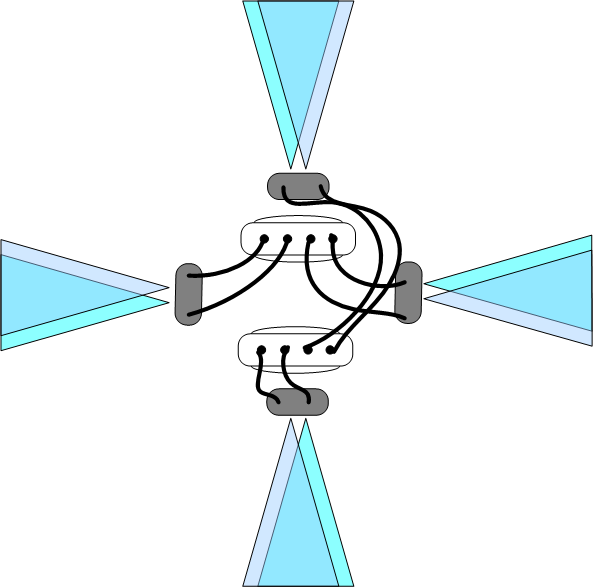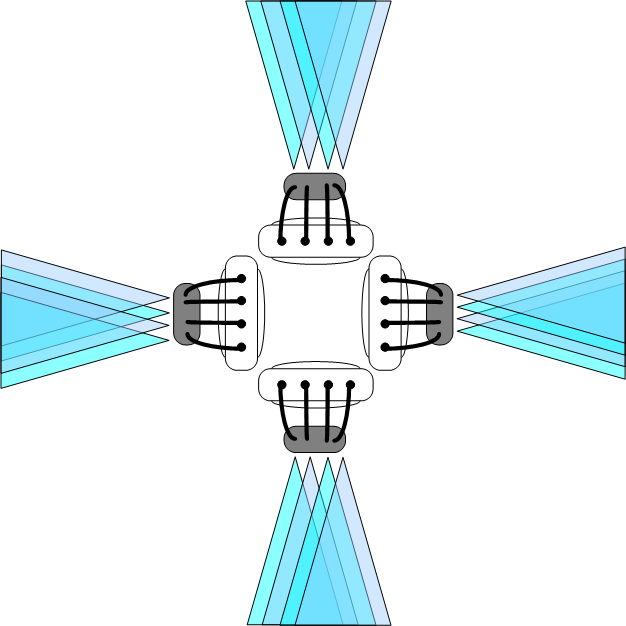HaloB is a feature that Baicells LTE introduced in February of 2018. Any Baicells eNodeB (eNB) can be purchased with or upgraded to HaloB through software feature activation. A HaloB eNB eliminates the transport layer between the Evolved Packet Core (EPC) and the eNB by embedding a “Lite EPC” directly on the eNB. Therefore, critical control plane signaling is kept local.
With HaloB installed, S1 (transport) failures are eliminated. This removes wireless PTP backhaul failures, fiber outages, or routing mistakes from causing customer service disruption. CloudCore is still available for OMC monitoring and upgrade functions, as well as the BOSS HSS functions. SIM card activation and bandwidth package assignment are still performed by the BOSS. Operators using the Baicells API for billing software integration will see no change. When a UE attempts to attach to a HaloB eNB, the HaloB contacts the BOSS to verify the IMSI is valid and active and collects the bandwidth packages. All information is downloaded to the HaloB memory bank. Once stored, the UE will remain attached indefinitely. In the event of an eNB or UE reboot, attachment only needs to check the local HaloB memory data for the UE to reattach.
SIM card IMSIs can attach to multiple HaloB eNBs, and each will store the SIM data for future attachments. In the event of a rare CloudCore outage, new installs may not be able to attach during the outage if the SIM data has never been downloaded from the BOSS before. This is not a mission-critical event in most cases and once the CloudCore connection is resumed, the HaloB eNB will collect the SIM data for the new install and commence attachment.
With HaloB:
- Operators entering the world of fixed LTE wireless have a lower initial investment.
- The simplified structure means there is no need for professional design and maintenance.
- The self-configuration, plug-and-play deployment model means a shorter time-to-market (TTM) and faster return-on-investment (ROI).
- Operators can provide a Layer 2 environment for SMEs and LAN gaming.
- The eNBs and the core network functions are decoupled.
- The control plane is processed within HaloB; user equipment will always be online.
What does Halo B Cost?
Per eNodeB: BAICELLS-HALOB-1 $249.99
Per 10 eNodeB’s: BAICELLS-HALOB-10 $1999.99.
Source: Blog



